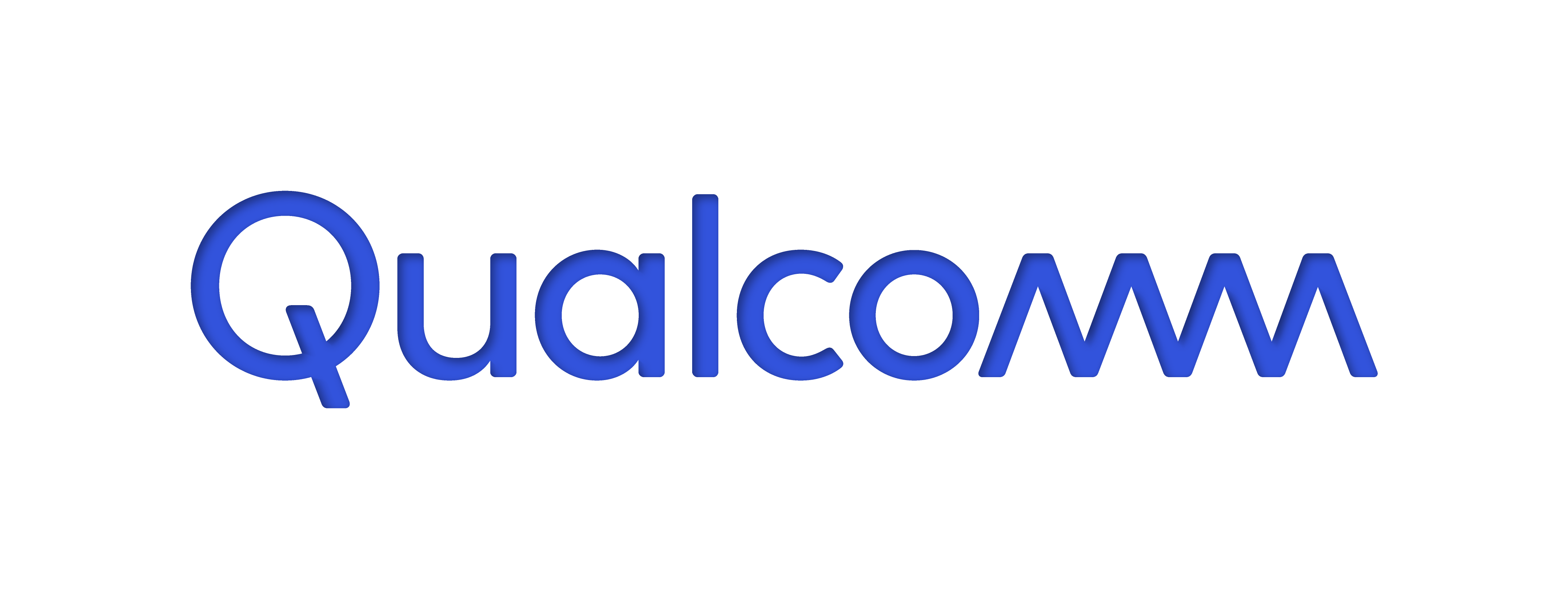How I Became a Techie: Saura Naderi

“Engineering is just a tool and anyone can use it. It’s not limited to super geniuses.” — Saura Naderi
My earliest memory of using technology is playing with a Teddy Ruxpin, this little teddy bear that could move around and tell stories, and his friend who was a worm. I would put a tape cassette in their backs, push “play,” and their mouths would open and they’d talk to each other. I think I was about four. There’s a video of me having these two animatronic toys talk to each other.
I was a late bloomer to STEM. I don’t think I realized what engineering was, in spite of the fact that my dad was an electrical engineer. The way he would describe it to me was really confusing. But I was always curious about how things worked. Physics was one of my favorite classes and I didn’t know how to apply that curiosity.
I went to community college to be a business major, and I took math and physics for fun. When I went to university, it was faster for me to transfer as an engineer than a business major, so I decided to do that. When I got there, I realized, “Oh my gosh, I’m in love with engineering.” I almost felt stupid — how did I not figure out how cool this was sooner?
When I graduated college, I started my own lab at the University of California, San Diego (UCSD) called myLab. The idea was to have undergraduates get more hands-on experience to help reinforce what they’re learning. We also wanted to start exposing the K-12 population to what engineering is — what you’re able to do with it, how it’s empowering, how it’s a tool. That way they can at least make an informed choice about whether they like engineering or not.
Bringing that thinking over to the Qualcomm® Thinkabit Lab™ on a larger scale has been great. It’s been really cool to turn on that light for thousands of kids.
At Thinkabit, my role is to create project ideas that’ll get kids excited about engineering. I’m the designer of the actual lab, so I need to create an environment that feels safe and encouraging to learn, yet dynamic enough not just for our middle-school students but for our employees as well. I designed it so that our employees would want to come in and play. On evenings, we have these Dragonboard and tinkering nights, where employees come in and build more complex projects.
I got the idea for Thinkabit’s robotic hats project from the opening day of horse races at Del Mar, California. Every year, on opening day, there’s a hat contest. That year, I wanted to build a hat that had horses running around the brim. I also wanted it to have sensors — lasers on the actual receiver — so you could race a horse around the brim. It didn’t work.
I made it again the next year and was published in an article. I had these kids coming into my lab at UCSD, and I’d ask them if they liked my hat. They thought it was really cool. I asked them, “If I put together a program to build robot hats with you, would you do it?” They were pretty enthusiastic. So I pitched the idea, got the funding, and started putting out programming for kids to build robot hats. After a couple years of lessons learned, we got it to a point where it’s really good. I would say that we’ve built 300 hats over the course of 7 or 8 years.
And it’s really neat what the kids come up with. Every year, I sit back and take a moment to just admire what they create.
It’s important to remember that engineering is just a tool and anyone can use it. It’s not limited to super geniuses. There are varying levels of how you can use engineering and varying levels of application. It doesn’t all have to be super complicated. Once you alleviate that pressure, more people will come and play. Then, you get more innovation as a result. There’ll be more engagement and more diversity in the ideas, which is fascinating.
Saura Naderi is a staff government affairs analyst for Qualcomm Incorporated. In this role, she is the lead engineering instructor and designer of the Qualcomm® Thinkabit Lab™. Saura works closely with local education and community based organizations to develop programming that will engage the middle school population of San Diego in STEM-focused opportunities and provide exposure to the world of engineering. In 2011, she spoke at TEDx San Diego where she shared her efforts to inspire passion in engineering and diversifying STEM fields. In 2013, she was named as one of the “Top 10 UCSD Exemplary Employees of the Year” and received the Athena Pinnacle Award for Education.

